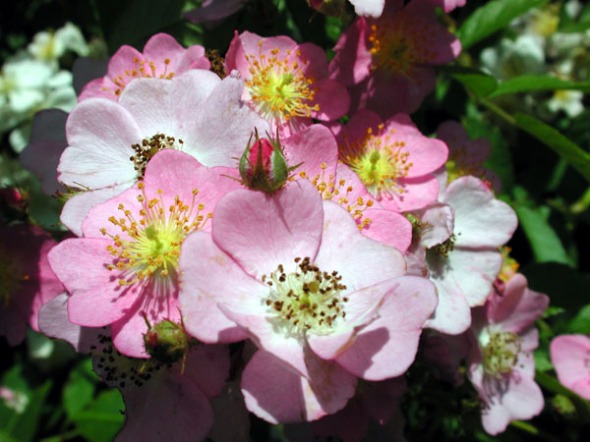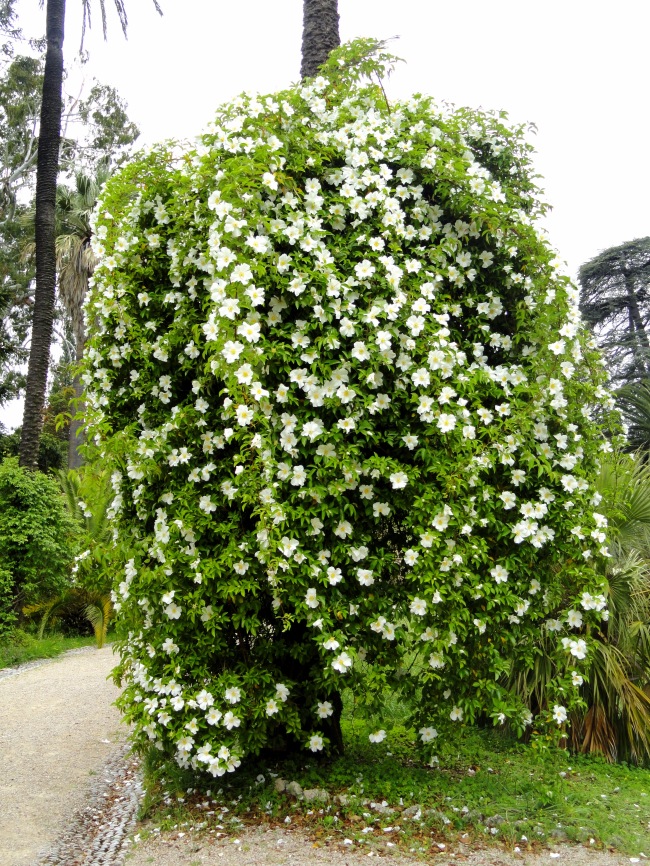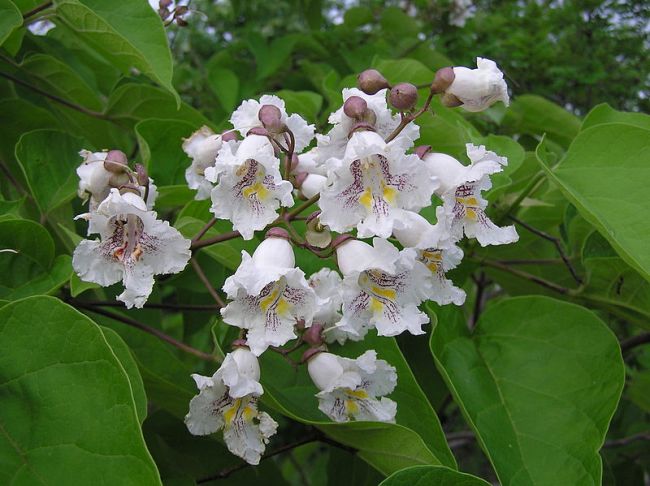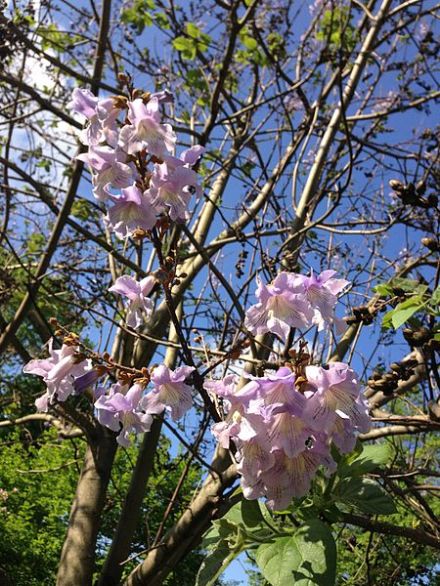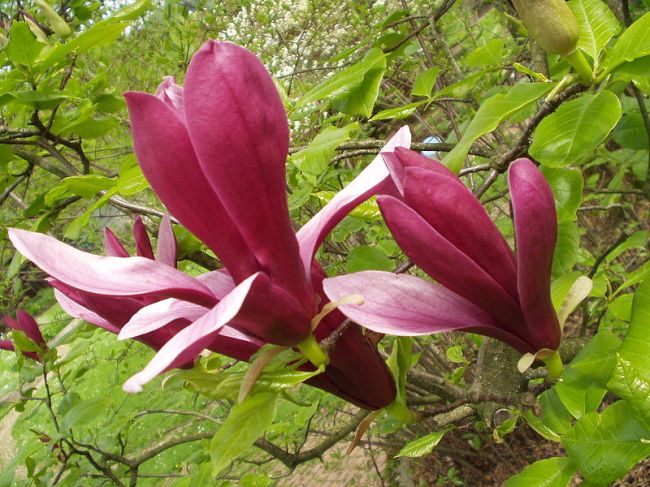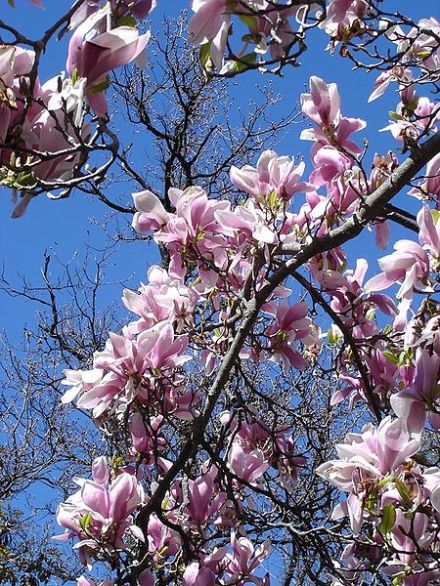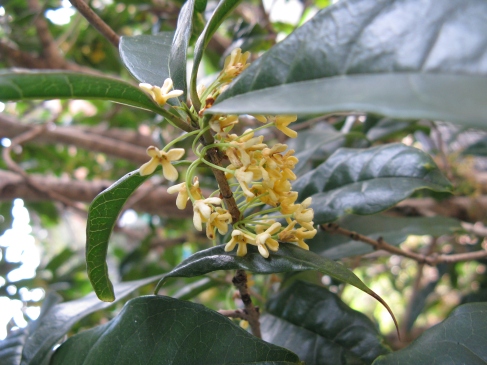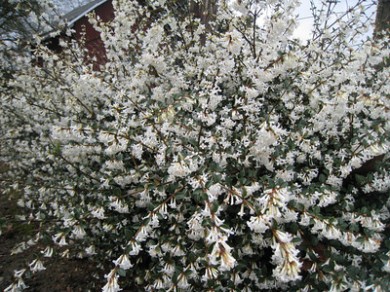
Lilium nepalense. http://davesgarden.com.

Lilium regale. 2007. Epibase. Wikimedia Commons.
Last in my detail of fragrant lilies are those that are only or moreso fragrant at night. The lilies in question are most fragrant or solely fragrant at night. In a sense, most lilies are more fragrant at night, but L. regale and L. nepalense are more impressive than the rest in the olfactory department, and provide a good segway into my next series of posts about night fragrant plants.
I cannot attest to having sampled L. nepalense, because it does not easily grow in Kentucky, but it is a solely night fragrant plant, and heavily so. This lily is native to the Himalayas and prefers cool and moist climates (something this area is not!) These lilies are also very different from all detailed so far in that they are stoloniferous as opposed to bulbous, and have a very unique color scheme, being green on the outside of the petal and reddish-chocolate colored on the inside. These lilies grow well in coastal California and the Pacific Northwest above zone 8, otherwise are cool-greenhouse plants.
Next is L. regale, the regal lily from China. This is a more typical lily of the family, although growing up to seven feet, with beautiful six inch flowers in white (outside petals purplish) with yellow throats. While these lilies are day fragrant, they increase at night, giving their wonderfully sweet, musky scent to the night garden (they are in the same clan as Easter lilies if that gives an indication of the fragrance.) L. regale is also one of the easiest lilies to grow in the garden, and the University of Kentucky arboretum has a few in its inner garden areas. Because these lilies are rather large, they do require staking, but are bound to be any fragrant gardener’s best friend otherwise!
Many more lily posts could be made than the three I have, but again, this is a genus that I frankly am not prepared to handle as there are so many single cultivars and hybrids that are wonderfully fragrant. Luckily, lilies are going nowhere, and many more wonderful hybrids await to be made in the gardening world! Starting next are night-fragrant flowers in my sad attempt to keep up with Tovah Martin’s The Essence of Paradise selection for July. Gardeners beware, the intense fragrance that awaits the night air.

